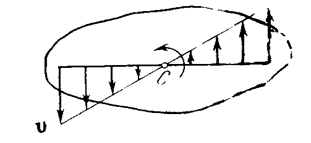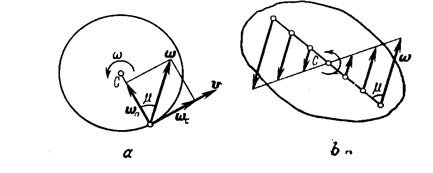
Заглавная страница Избранные статьи Случайная статья Познавательные статьи Новые добавления Обратная связь КАТЕГОРИИ: ТОП 10 на сайте Приготовление дезинфицирующих растворов различной концентрацииТехника нижней прямой подачи мяча. Франко-прусская война (причины и последствия) Организация работы процедурного кабинета Смысловое и механическое запоминание, их место и роль в усвоении знаний Коммуникативные барьеры и пути их преодоления Обработка изделий медицинского назначения многократного применения Образцы текста публицистического стиля Четыре типа изменения баланса Задачи с ответами для Всероссийской олимпиады по праву 
Мы поможем в написании ваших работ! ЗНАЕТЕ ЛИ ВЫ?
Влияние общества на человека
Приготовление дезинфицирующих растворов различной концентрации Практические работы по географии для 6 класса Организация работы процедурного кабинета Изменения в неживой природе осенью Уборка процедурного кабинета Сольфеджио. Все правила по сольфеджио Балочные системы. Определение реакций опор и моментов защемления |
Ex.8. Find in the text the adjectives corresponding to the following nouns :
Dimension, angle, motion, fix, rigidity, rotation, negation, correspondence, opposition, acceleration.
Ex.9. Translate the following phrases into English. Так как расстояние между точками; очевидно, что при вращательном движении; в то время как все другие точки твердого тела; чтобы определить положение вращающегося тела; таким образом, угловая скорость тела; такой вектор одновременно указывает и на направление вращения; легко заметить, что; по аналогии с…..
Unit 8. Velocities and Accelerations of the Points of a Rotating Body.
Learn the following words and word combinations by heart:
Ex.1. Look at Appendices 1 and 2 and read the following mathematical symbols and Greek letters.
Having established the characteristics of the motion of bodies as a whole, let us now investigate the motion of the individual points of a body. Consider a point M of a rigid body at a distance h from the axis of rotation Az (Fig. 11). When the body rotates, point M describes a circle of radius h in a plane perpendicular to the axis of rotation with its centre C on that axis. If in time dt the body makes an infinitesimal displacement through an angle dφ, point M will have made a very small displacement ds = h df along its path. The velocity of the point is the ratio of ds to dt, i.e.,
This velocity v is called the linear, or circular, velocity of the point M (not to be confused with its angular velocity). Thus, the linear velocity of a point belonging to a rotating body is equal to the product of the angular velocity of that body and the distance of the point from the axis of rotation. The linear velocity is tangent to the circle described by point M, or perpendicular to the plane through the axis of rotation and the point M. As the value of ω at any given instant is the same for all points of the body, it follows from Eq. (44) that the linear velocity of any point of a rotating body is proportional to its distance from the axis of rotation (Fig.12).
Fig. 12 In order to determine the acceleration of point M, we apply equations
Substituting the expression for v from Eq. (44), we obtain and finally
The tangential acceleration wt, is tangent to the path (in the direction of the rotation if it is accelerated and in the reverse direction if it is retarded); the normal acceleration wn is always directed along the radius h towards the axis of rotation (Fig. 13a).
Fig. 13
The total acceleration of point M is
or The inclination of the vector of total acceleration to the radius of the circle described by the point is specified by the angle μ, given by the equation
Substituting the expressions of wτ, and wn from Eqs. (45), we obtain Since at any given instant s and m are each the same for all the points of the body, it follows from Eqs. (46) and (47) that the accelerations of all the points of a rotating rigid body are proportional to their distance from the axis of rotation and make the same angle μ, with the radii of the circles described by them (Fig. 13b). Eqs. (44)-(47) make it possible to determine the velocity and acceleration of any point of a body if the equation of rotation of the body and the distance of the given point from the axis of rotation is known. With these formulas, knowing the motion of any single point of a body, it is possible to determine the motion of any other point and the characteristics of the motion of the body as a whole.
Comprehension check.
|
|||||||||||||||||||||||||
|
Последнее изменение этой страницы: 2021-02-07; просмотров: 79; Нарушение авторского права страницы; Мы поможем в написании вашей работы! infopedia.su Все материалы представленные на сайте исключительно с целью ознакомления читателями и не преследуют коммерческих целей или нарушение авторских прав. Обратная связь - 18.222.125.171 (0.007 с.) |


 ,
,  ,
, 
 (44)
(44)
 .
. ,
,  ,
,  (45)
(45)

 (46)
(46) . (47)
. (47)


